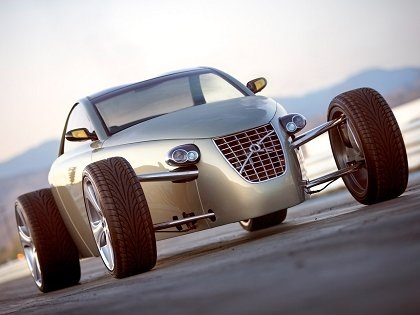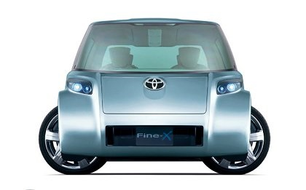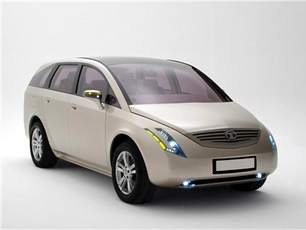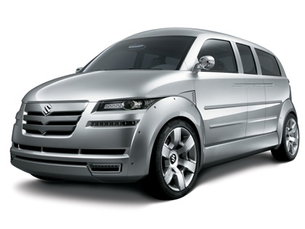2005 Hyundai NEOS-III Concept
- Story Cars
.png/v1/fill/w_320,h_320/file.jpg)
- May 13, 2025
- 2 min read
Unveiled at the 2005 Tokyo Motor Show, the Hyundai NEOS-III was a bold statement from the South Korean automaker, showcasing its ambition to step confidently into the luxury crossover utility vehicle (CUV) segment. Designed and developed at Hyundai's Design and Technical Centre in Chiba, Japan, the NEOS-III was as much a product of Japanese design sensibilities as it was a strategic concept for Hyundai’s future global portfolio.
The NEOS-III—"NEOS" meaning "New Evolution Open Sports"—was a full-size, coupe-style SUV featuring dramatically taut bodywork and a fastback silhouette, suggesting a crossover between a grand tourer and a utility vehicle. The dimensions were impressive:
Length: 4980 mm (196 in)
Width: 1960 mm
Height: 1675 mm
Wheelbase: 2985 mm (117 in)
This placed it in the same size category as vehicles like the Chevrolet Tahoe, but with a much more athletic and premium aesthetic.
Powering the NEOS-III was an all-new 4.6-liter DOHC 32-valve V8, which sent power to all four wheels. Though exact performance figures were not disclosed, the engine was understood to be in the 300+ horsepower range and was intended for future production, possibly debuting in high-end Hyundai models like the Equus or Genesis.
The NEOS-III concept was packed with futuristic features and advanced technology, intended to position it as a halo vehicle:
Adaptive front lighting system (AFS) for improved visibility in turns
Infrared night-vision system for enhanced nighttime safety
Heads-up display (HUD) projected key driving data onto the windshield
Trackball climate control—a novel, intuitive interface located on the center console
A clean, minimalist interior with four individual bucket seats emphasizing a luxurious, high-tech feel
The styling direction was daring for Hyundai at the time—taut lines, coupe-like roofline, and bold proportions, drawing comparisons to European luxury crossovers like the Renault Egeus concept. Renault’s design chief Patrick Le Quément even acknowledged the NEOS-III’s striking resemblance to French design ethos, attributing it to a strong influence from Japanese aesthetics.
The NEOS-III was one of three contenders for a potential 2009 production crossover, alongside the more family-oriented Hyundai Portico concept from the brand’s California studio. While the NEOS-III itself never reached production, it undoubtedly influenced Hyundai’s evolving approach to premium design, later culminating in vehicles like the Genesis GV80 and Palisade—both upmarket SUVs with a strong design identity and luxurious features.
Ultimately, the NEOS-III served as a visionary milestone, highlighting Hyundai’s readiness to compete on a global luxury stage—and not just as a value player, but as a serious design innovator.
































Comments